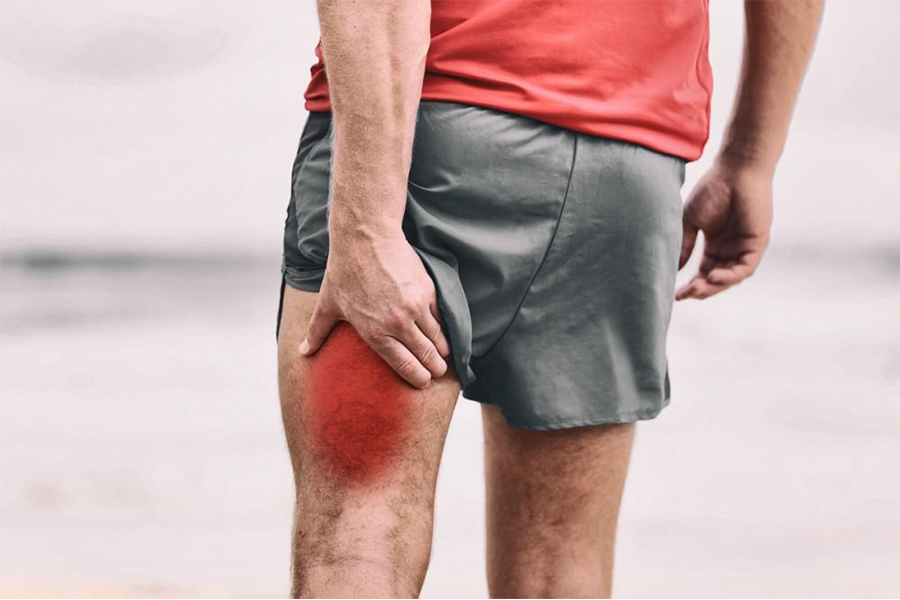- +91 7012749886
- [email protected]

Hamstring injuries are common sports-related injuries that affect the muscles at the back of the thigh. The hamstring muscles are a group of three muscles (the biceps femoris, semitendinosus, and semimembranosus) that run from the hip to just below the knee joint. These muscles play a crucial role in activities that involve bending the knee and extending the hip, such as running, jumping, and kicking. It is usually seen in running athletes as a result of sudden simultaneous hip flexion and knee extension.
It makes upto 30% of acute lower extremity injuries in athletes and is mostly seen in soccer players.
Hamstring injuries can range from mild strains to severe tears and can occur in various sports and activities. Here are some key points to understand about hamstring injuries:
Hamstring injuries typically occur when the muscles are stretched beyond their capacity or when they are subjected to sudden and forceful contraction. The risk factors include previous history of a similar injury, overuse, inadequate warm-up, muscle imbalances, poor flexibility, and sudden bursts of intense activity.
The most common symptom of a hamstring injury is pain in the back of the thigh, particularly during activities that involve the hamstring muscles, like running, kicking or jumping activity. You might also occasionally fell a "pop" at the back of your thigh or hip. Other symptoms may include swelling, bruising, weakness, and difficulty walking or bending the knee.
Hamstring injuries are often graded based on their severity:
We typically diagnose a hamstring injury through a physical examination, assessment of symptoms, and sometimes imaging studies like MRI or ultrasound to determine the extent of muscle damage.
Recovery time can vary depending on the severity of the injury. Mild strains may heal in a few weeks, while more severe tears can take several months. Proper rehabilitation and a gradual return to activity are essential to prevent re-injury.
The complications associated with a Hamstring Injury include:
To reduce the risk of hamstring injuries, individuals can engage in regular strength and flexibility training, warm up properly before physical activity, maintain good muscle balance, and avoid overexertion.
We at our centre teach athletes regarding injury prevention protocols.
It's important to consult us if you suspect a hamstring injury, as we can provide a proper diagnosis and create a treatment plan tailored to your specific situation. Ignoring or improperly managing hamstring injuries can lead to chronic problems and a higher risk of re-injury.